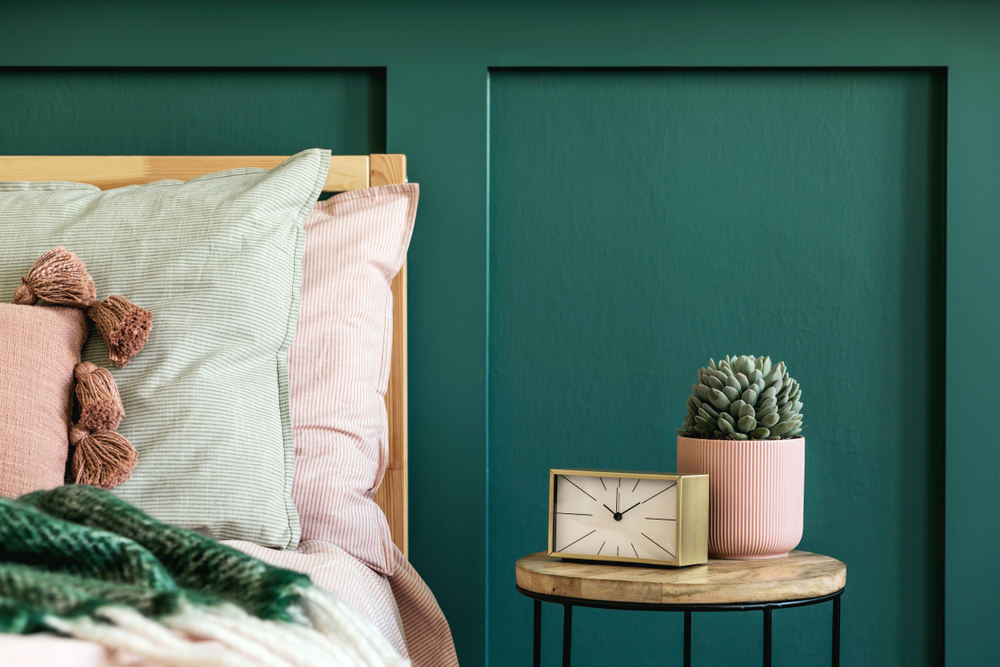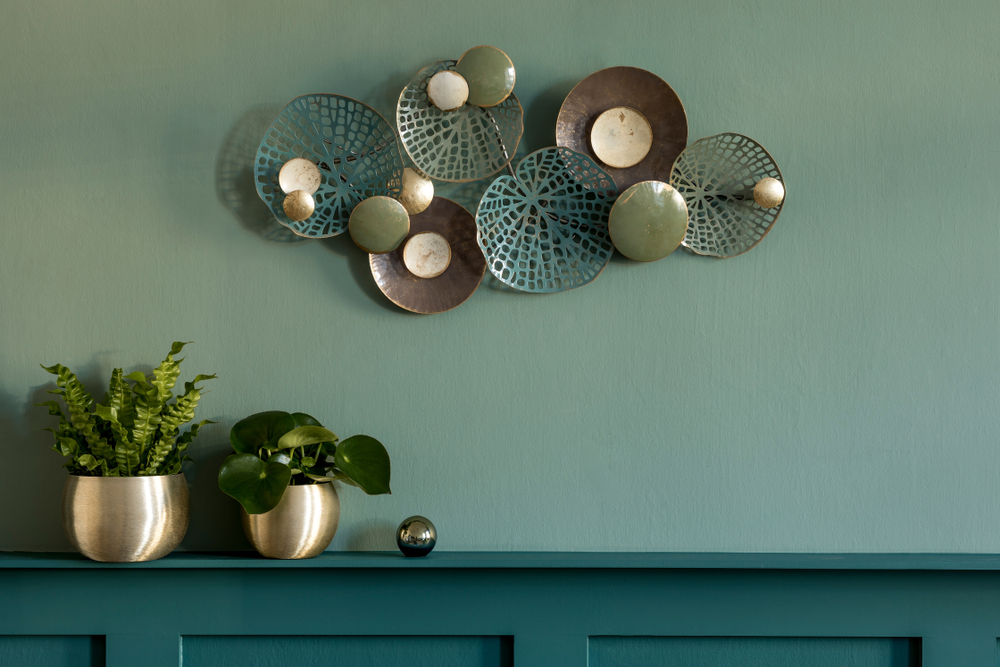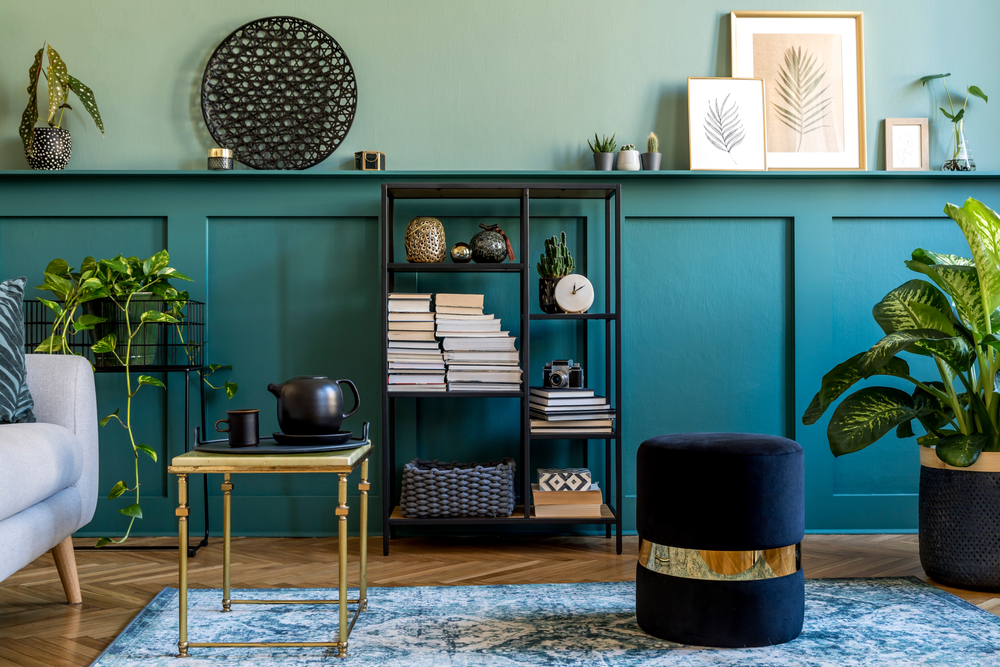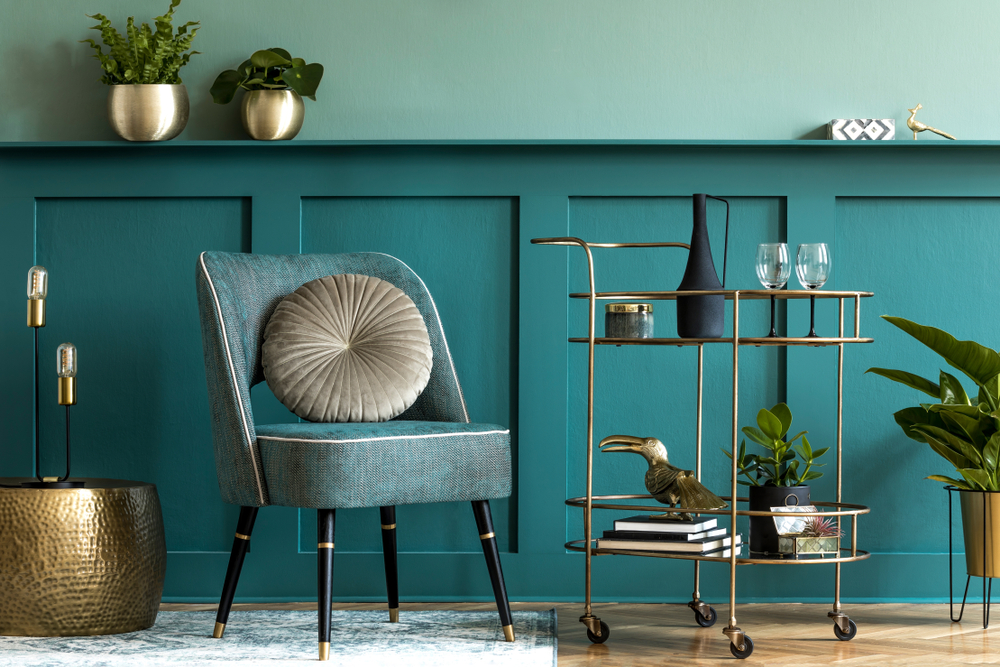Real estate is HOT right now! Make the perfect checklist for staging your home so you can stand out in the market and ease moving stress. Many people are motivated to sell their homes. Before you jump on this bandwagon, there are a few things that you should know about selling a home in the spring, including:
- Staging a home and making a checklist
- Checklist for moving, storage, and staging
- Tips on preparing and packing for a move
Selling a home
Spring is the peak season for the housing market which means the perfect time to sell. It is also the ideal time to plan a move, which you will need to do if you are selling your home. The weather is suitable and the cost of moving companies is lower with more flexibility with scheduling.
Cleaning Your Home for Sale

With spring in the air, the demand for real estate is on the rise. Naturally, with the surge of buyers on the market, there is an increase in sellers as well. Therefore, you want to make sure that your home is ready to grab the attention of buyers.
With your home on the market, you need to have a game plan for packing and moving. Start with creating a moving and staging your home checklist that should include the following:
- Checking your moving storage options/obtain a storage unit
- Plan your move-out date
- Toss/sell/donate anything that you will not be taking to the new home or you do not want seen in the showing process
To be able to move and sell your home during the springtime, you need to plan early, if possible, start planning in the wintertime. Put together a plan that includes the following:
- Inclement weather (since you are entering the wet season)
- Traffic
- Hiring a moving company and setting a moving date
- Organizing the home
Set budgets and secure your future home with deposits or down payments
Staging Your Home Checklist

Before you put your home on the market, you need to set the stage. This means you need to start the process of making your home desirable and appealing.
According to a survey performed by the National Association of Realtors, more than half of buyers’ agents feel that staging the home influences the buyers’ view of the home. Three-quarters of those surveyed say that people can visualize living in the home when it is staged. As a seller, you can anticipate the possibility of your home selling faster and the sales price being between 1% and 5% higher than un-staged homes.
Setting the stage
The first thing you want to do is to go through the home both inside and out, making a list of what needs to be done. Things to consider when making the staging your home checklist would be:
- Declutter your home
- Perform a deep cleaning of the home (inside and out)
- Remove, rent and arrange furniture
- Create “curb appeal”
- Start with the most crucial rooms
Time to purge

The process of decluttering the home is about purging and depersonalizing the home. Remove personal effects from the home, such as knick-knacks and personal photos. You want the home to be as empty as possible so that buyers’ can visualize their personal items in the home and it will make the home appear bigger. The decluttering phase will help you prepare and pack for your move. As you are clearing the house, box up items, not in use and put in storage.
Spring cleaning/home inspection
After you have removed the clutter from the home, you want to begin the deep cleaning process. This is the least fun part of staging your home checklist. Put concentration on kitchens and bathrooms, as well as airing out the home. Avoid using any type of fragrances, such as scented candles or air fresheners. Stick to thoroughly cleaning and scrubbing the house from top to bottom, especially the bathroom and kitchen. Pet owners need to wash everything thoroughly to remove the pet odor from the house. While deep cleaning the home you should be inspecting the home for anything that needs to be repaired or replaced, such as:
- Holes in walls
- Damages to doors
- A/C filters
- Any damage to flooring
- Exterior Home Prep
- Remove the winter build-up on the siding
- Repair any type damage on fences, doors, and panels
- Paint as needed
- Remove any type of garbage, wood, or other miscellaneous materials
- Check rain gutters and roof. Clean out the gutters in preparation for the rainy season. Inspect the roof for dry rot.
Creating the perfect ambiance
As you are inspecting the house, make a note of lighting fixtures and light bulbs that need to be replaced or dusted. The objective is to make the room brighter, a characteristic that buyers like to see. Consider purchasing whiter light bulbs and make sure lighting is on your home staging checklist!
As you are going through each room, take an inventory of the furniture and determine if it has showroom appeal. Anything that doesn’t make the cut should be removed. It is recommended that you should remove at least half of your furniture to give the most appealing effect. This should also free up floor space which will make your home appear larger.
Creating curb appeal

- You know the saying, “You never get a 2nd chance to make a first impression?” Consider this when looking at the outside of your home. You need to make sure that when prospects first glance at your home, they find it appealing enough to go inside the house. For the desired impact, you need to add the following to your home staging checklist:
- Make sure that the lawn is mowed, weeds are removed, bushes, hedges, and trees are trimmed
- Make sure that your windows are clean, and the house and walkways are power-washed
- Put fresh mulch to flower beds
- Add color to the home by planting spring flowers and lining the front stoop with potted plants and flowers
- Use outdoor furniture on the front porch (if applicable)
- Place a welcome mat in front of the door
Review your home staging budget
Now that you have purged, cleaned, and walked through the home inside and out, you need to review your home staging budget. At this point, you should have an idea of what items you will need to stage your home. The key areas to focus on would be the exterior of the home, then the living room, followed by the master bedroom, then the kitchen. If you have enough money in your budget, then you can add home staging the remainder of the house on your checklist. While you are reviewing your budget, you should set aside amounts for the following:
- Renting new furniture
- Repairs, cleaning supplies and miscellaneous items(flowers, hiring help, other finishing touches)
- Storage unit (if you have not moved into your new home)
Wrapping it up
Now you should have an idea of how to create checklists for moving, storage and staging, how to prepare for the move and tips on staging your home. Follow these tips and the only thing you will have left to do is relax and watch your
